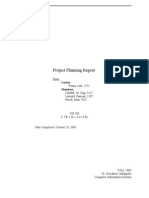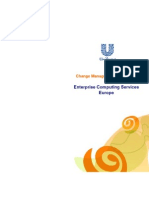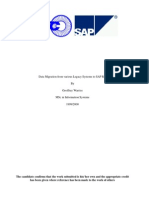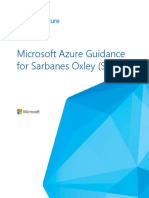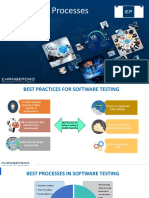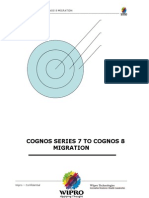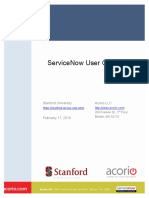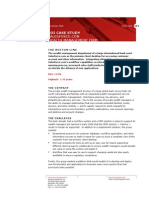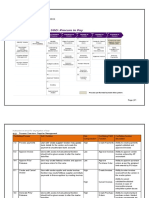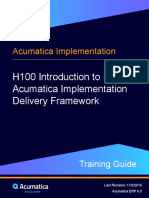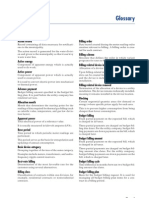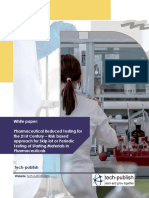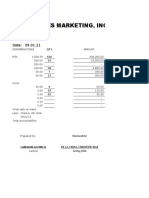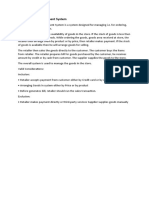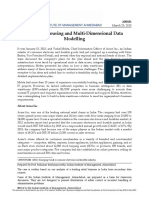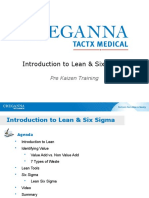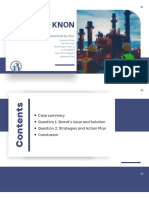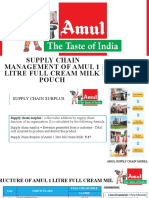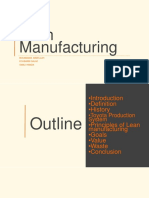0% found this document useful (0 votes)
565 views30 pagesPWC Systems Implementation Lessons Learned
The document outlines five phases of a systems implementation project and provides lessons learned from each phase. Phase 1 involves planning and mobilization, including developing project plans, defining roles and risks. Phase 2 is the design phase, including establishing control standards. Phase 3 is realization and building/testing the system. Phase 4 is pre go-live delivery, while Phase 5 is post go-live maintenance. Key lessons highlighted include the importance of planning, testing thoroughly, and addressing data conversion challenges.
Uploaded by
yalamanchili111Copyright
© © All Rights Reserved
We take content rights seriously. If you suspect this is your content, claim it here.
Available Formats
Download as PPT, PDF, TXT or read online on Scribd
0% found this document useful (0 votes)
565 views30 pagesPWC Systems Implementation Lessons Learned
The document outlines five phases of a systems implementation project and provides lessons learned from each phase. Phase 1 involves planning and mobilization, including developing project plans, defining roles and risks. Phase 2 is the design phase, including establishing control standards. Phase 3 is realization and building/testing the system. Phase 4 is pre go-live delivery, while Phase 5 is post go-live maintenance. Key lessons highlighted include the importance of planning, testing thoroughly, and addressing data conversion challenges.
Uploaded by
yalamanchili111Copyright
© © All Rights Reserved
We take content rights seriously. If you suspect this is your content, claim it here.
Available Formats
Download as PPT, PDF, TXT or read online on Scribd
/ 30




